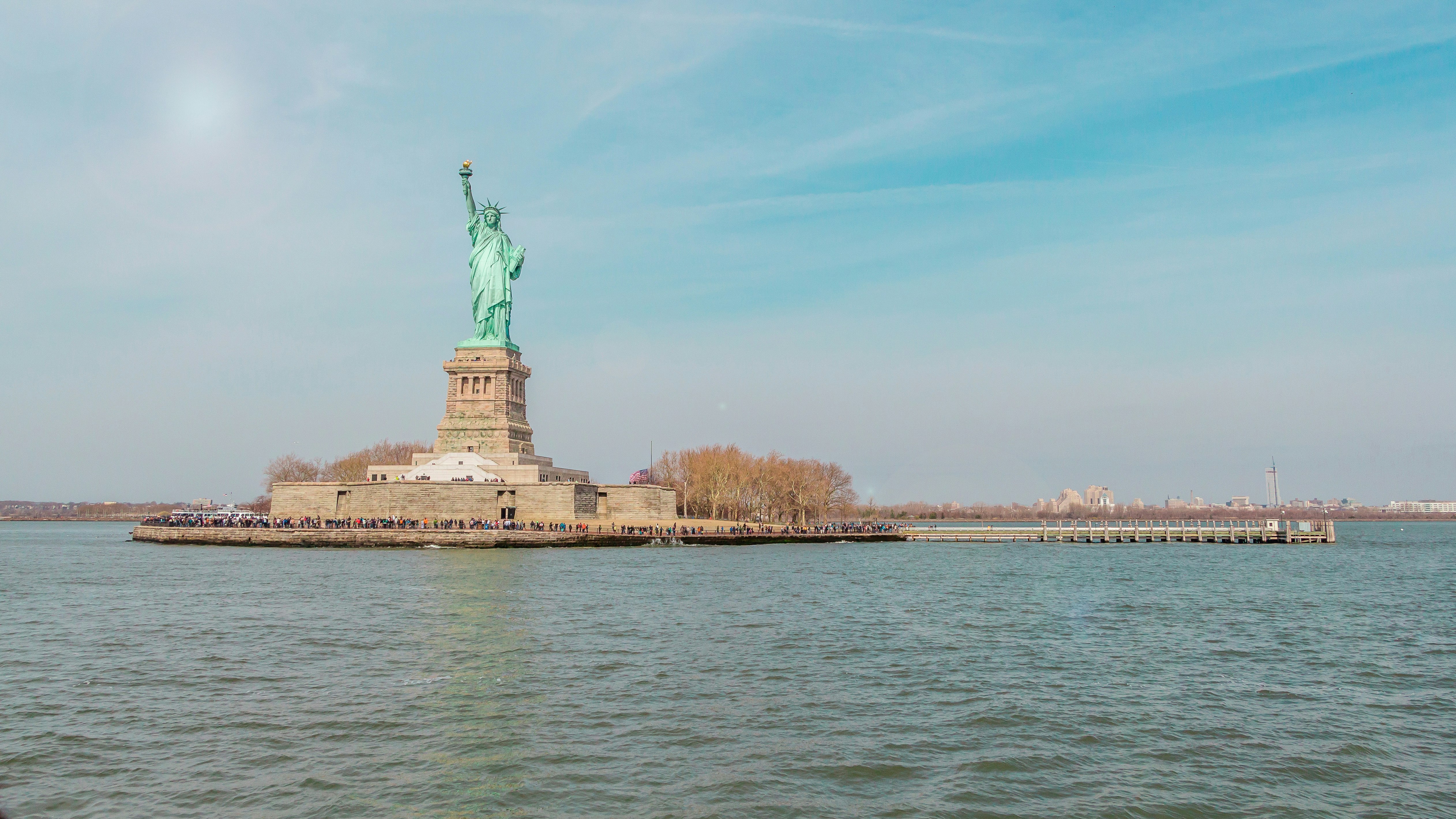“Over the last year, COVID-19 lockdowns, product scarcity, limits on medical equipment and therapeutics, increasingly nationalist economic policies and heightened geopolitical confrontation, have each had significant – and largely negative – effects on conventional supply chains,” said Brown and Lim. “Amidst this complexity, we believe business leaders must extend supply chain thinking beyond margin maximization to address issues of resiliency, sustainability and geopolitical risk. In our view, they must think of supply chains as less of a chain and more a mesh of interlocking inputs.”
In the piece, Brown and Lim outline five key considerations for business leaders and investors considering supply chain design:
1. Building resiliency is key to securing supply chains post-COVID. Resiliency strategies for businesses vary and include diversification, mirroring production of critical components, stockpiling and distributing logistics nodes.
2. Supply chains will need to evolve as they continue to face uncertainty from a more volatile geopolitical environment, more inward-looking national politics and increasing supranational risks such as climate change and public health.
3. Supply chain thinking needs to incorporate a more holistic view – one that sees the traditional supply of goods as being embedded in a ‘mesh’ of interlocking inputs, each with its own risks and value levers.
4. Focus on a supply chain’s critical nodes of vulnerability. Trying to mitigate risk along every link in the broad mesh of inputs in which supply chains sit will lead to spiraling costs for greatly diminished returns.
5. This period of supply chain rethinking presents an opportunity to build for a future in which supply chains adapt to the need for environmental sustainability and adoption of automation technologies.
In their report, Brown and Lim explain that while change can always be challenging, the adjustment to global supply chains can also present opportunities for businesses and investors, including: 1) domestic and regional demand over global demand; 2) new infrastructure and logistics; 3) increasing automation; 4) continuation of China’s manufacturing upgrade; 5) new emphasis on diversification; 6) greater demand for ESG solutions; and 7) increased prospects for opportunistic investments.
Links to access this note as well as an archive of KKR’s previous publications follow:
- To read the latest Insights: click here.
- To download a PDF version: click here.
- To download the KKR Insights app for iOS click here, and for Android click here.
- For an archive of previous publications please visit www.KKRinsights.com.





